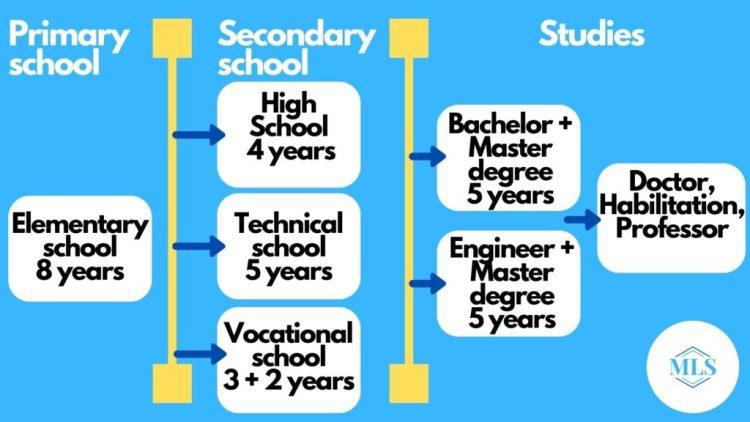Education in Poland – prof. Mihai Bogdan
The education of Polish society was a goal of rulers as early as the 12th century, and Poland soon became one of the most educated countries in Europe. The library catalog of the Cathedral Chapter of Kraków dating back to 1110 shows that in the early 12th-century Polish intellectuals had access to European literature. The Jagiellonian University, founded in 1364 by King Casimir III in Kraków, is one of Europe's oldest universities. In 1773 King Stanisław August Poniatowski established the Commission of National Education, the world's first state ministry of education.
The idea of compulsory education was put forward by Andrzej Frycz Modrzewski in 1555. After the partitions of Poland, compulsory education was introduced by Prussian authorities in Polish provinces which belonged to Prussia (1825), and Austrian authorities in Galicia (1873).
A major reform of the education system took place in 1999, changing the overall organizational structure from 8 (primary school) + 4 (high school) years of education to 6 (primary) + 3 (junior high school) + 3 (senior high school) years. The reform increased time spent on core subjects and delayed vocational study (lyceum) by one year. Poland's OECD educational rankings for reading and science shifted from being below average to being in the top 10, and to the top 15 for mathematics.

Education in Poland is compulsory; every child must receive education from when they are 7 years old until they are 18 years old. It is also mandatory for 6-year-old children to receive one year of kindergarten education, before starting primary school at 7 years old. Primary school lasts eight years (grades 1–8), and students must take a final exam at the end of the eighth grade. After graduating from primary school, people typically go on to attend secondary school, which lasts 4 or 5 years. They can also choose to educate themselves towards a specific profession or trade, and receive work experience and qualifications through apprenticeships. After graduating from secondary school and passing the final exam, called the matura, one can pursue a higher education at a university, college, etc.
There are several alternatives for the upper secondary education later on, the most common being the four (three until 2017) years of a liceum or five (four until 2017) years in a technikum. Both end with a maturity exam, and may be followed by several forms of upper education, leading to Bachelor, Master and eventually PhD. The system of education in Poland allows for 22 years of continuous, uninterrupted schooling.
The first three years of primary school are "integrated", with one teacher handling all or most of the subjects alone, while the following five years are taught by subject-specific teachers. During the first three years, children typically only study a handful of subjects: Polish, math, a foreign language (usually English), physical education, and optional Religion (religia) classes. This may, however, vary in different schools. In the next five years, students also learn some additional subjects, such as Biology, Physics, and a second foreign language (German, Spanish, Russian being the most popular). At the end of primary school, pupils take a mandatory national competence exam. The test itself is mandatory, however, it does not have a minimal required passing result, meaning it is impossible to fail it. After taking the exam and graduating primary school, the student usually goes on to attend secondary school.
Until 2019, junior high school (gimnazjum) covered lower secondary education and ended general basic education and lasted three years. The subjects taught were: Polish language, history, civic education, two foreign languages, mathematics, physics and astronomy, chemistry, biology, geography, fine arts/music, technology, information technology, physical education and religion or ethics. At the end of the curriculum, pupils were evaluated based on their cinuing results and on an examination in humanities, science and foreign languages.
Upper secondary education begins at the end of full-time compulsory education, preparing students for entry directly into the labour-market and/or tertiary (i.e. higher) education. Upper secondary education takes many forms.
General education can be pursued in general secondary schools: after four years, students can pass the "Matura", which grants access to higher education. Vocational and technical education is mainly provided by technical schools and/or basic vocational schools. Technical schools last five years and lead to the Matura.
As a failing grade means merely having to repeat the failed subject and can usually be corrected on a retake exam (and in some cases also on a special "committee exam"), it is used much more liberally, and it is quite common for a significant number of students to fail a class on the first attempt.